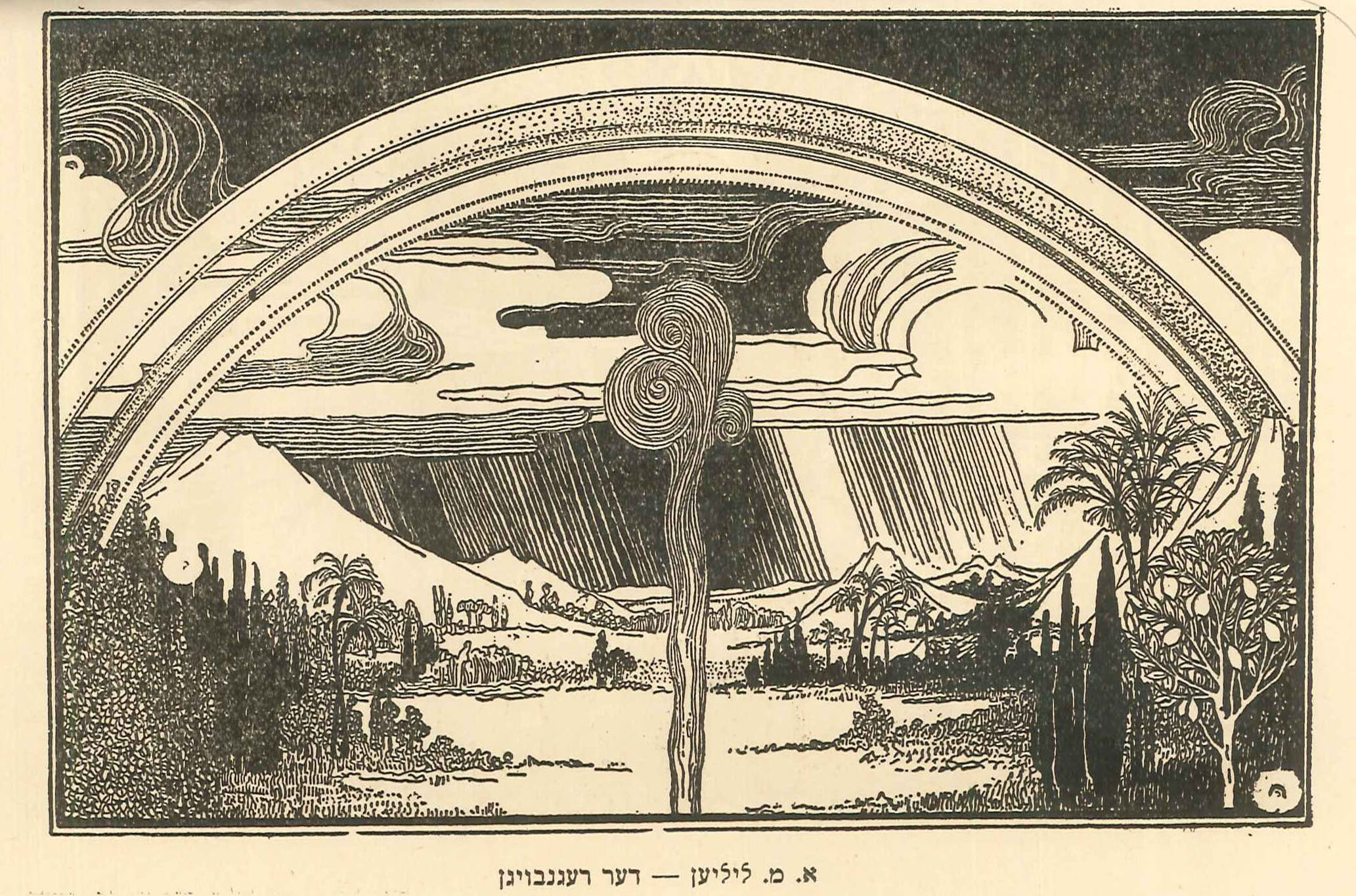Yiddish in the Land of Sunshine
My book in progress, Yiddish in the Land of Sunshine: Jewish Radicalism, Labor, and Culture in Los Angeles, offers a first-of-its-kind account of Eastern European Jewish immigration and Yiddish public culture in Southern California.

Styled as a collective biography, Yiddish in the Land of Sunshine traces the journeys of a cohort of young Jewish radicals as they moved from the borderlands of the Russian empire to the borderlands of the American southwest, offering a first-of-its-kind account of Eastern European Jewish immigration and Yiddish public culture in Southern California. Much of the book is focused on Boyle Heights—a residential neighborhood east of the L.A. River that was once home to the highest concentration of Jews west of Chicago as well as dozens of other diasporic communities—showing how the neighborhood’s particular ethno-racial diversity shaped Jewish labor and left-wing activism as well as Yiddish literary culture. Rich with new details drawn from previously untranslated Yiddish sources, the book explore the variety of organizing practices through which Jewish radicals recreated Yiddish public culture in the neighborhood as well as the new affinities and new tensions that emerged as they worked to forge coalitions with their multiethnic neighbors. In contrast to traditional narratives, it presents Boyle Heights as both a site of convergence, where dozens of diasporic communities cultivated their own modes of belonging in overlapping ways, as well as of divergence, where residents’ experiences were differentiated by both international and domestic political-economic developments. Combining classic social history techniques with critical textual analysis, it examine the relative socio-economic mobility of Eastern European Jewish immigrants in Boyle Heights, and how that shaped, and was shaped by, their racial and cultural expectations. So, too, it traces how Jewish radicals’ Jewishness was invoked, disavowed, and debated, both within the Jewish community and without, revealing an oft-overlooked element in the history of antisemitism in Southern California. By centering the experiences of Eastern European Jewish immigrants, Yiddish in the Land of Sunshine offers a new perspective on the relational dynamics of race-making and place-making in the American west, encouraging us to consider how both Jewish inclusion and Jewish otherness were intimately bound to the ideological and racial projects of American colonization.
Yiddish in the Land of Sunshine is currently under contract with NYU Press and slated for publication in early 2026.